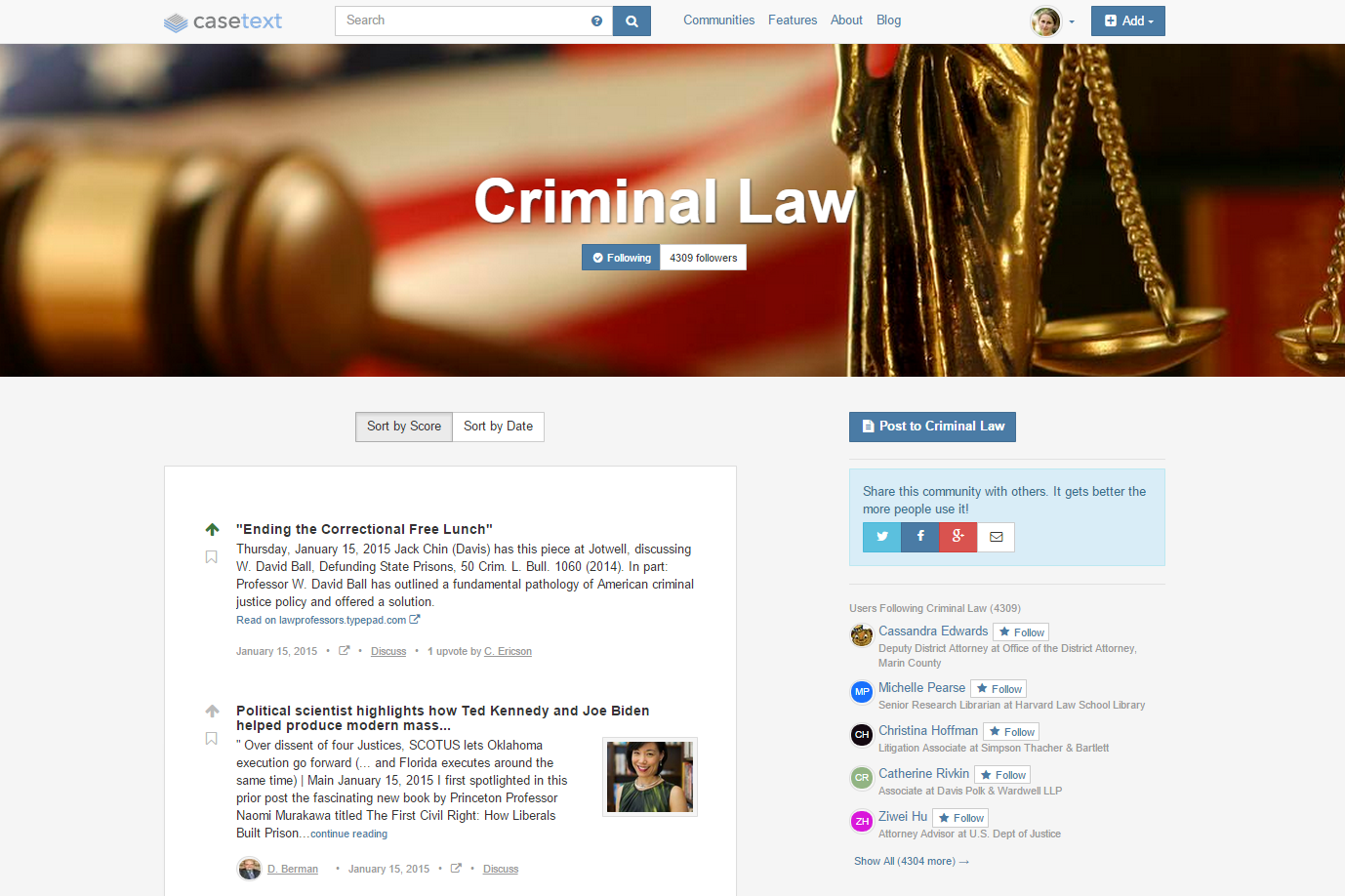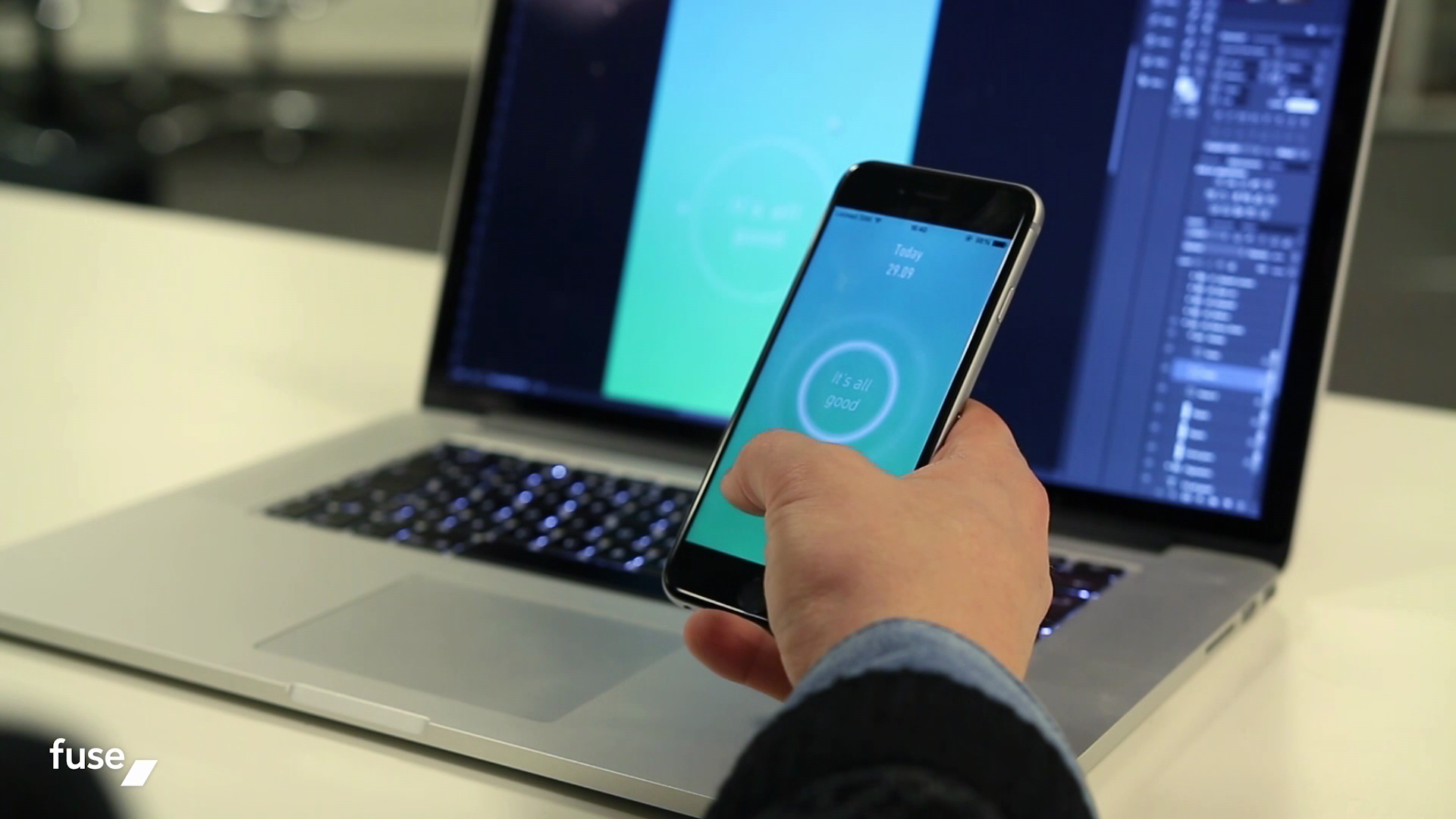 A Q&A with Final co-founder and CEO Aaron Frank. The Boulder, Colorado-based fintech startup announced in late January that it has completed a $1 million Seed funding round. Investors include Ludlow Ventures, T5 Capital and Y Combinator. It was founded last year by Frank, CTO Matt Rothstein, and COO Andrew Dietrich, and this is its first round of outside funding. It is currently participating in the Y Combinator accelerator Winter 2015 program.
A Q&A with Final co-founder and CEO Aaron Frank. The Boulder, Colorado-based fintech startup announced in late January that it has completed a $1 million Seed funding round. Investors include Ludlow Ventures, T5 Capital and Y Combinator. It was founded last year by Frank, CTO Matt Rothstein, and COO Andrew Dietrich, and this is its first round of outside funding. It is currently participating in the Y Combinator accelerator Winter 2015 program.
SUB: Please describe Final and your primary innovation.
Frank: Final is a new type of credit card. Rather than a single card number, Final enables users to generate multiple numbers in order to prevent fraud, and protect against merchant data breaches or card loss. When a retailer is hacked, that relationship is isolated because the card number is unique to that merchant.
SUB: Who are your target markets and users?
Frank: A significant portion of our earliest adopters are technology-savvy Millennials—that’s not in any way surprising. Some of them are security-minded individuals, others are just people looking for a better experience from a credit card company.
SUB: Who do you consider to be your competition, and what differentiates Final from the competition?
Frank: The biggest differentiator is our customer advocacy approach to all of this. If tokenization or dynamic card numbers really takes hold, that’s a tough angle to try and be defensible from, especially when the large incumbents in our space spend hundreds of millions in marketing and advertising.
Even when the technology changes, if we can hold true to that goal and truly provide a better experience in all facets, we can not only ensure a positive perception of our company, but hopefully affect positive change within the culture in credit altogether.
SUB: You just announced that you’ve raised $1 million in Seed funding. Why was this a particularly good time to raise funding?
Frank: We’re at a place where having that cash on hand will allow us to make some strategic hires and continue to build technology without being limited by funds. It was also a milestone for us to raise at, after building a proof-of-concept and really showing the demand for this is out there.
SUB: What was the inspiration behind the idea for Final? Was there an ‘aha’ moment, or was the idea more gradual in developing?
Frank: The ‘aha’ moment of Final occurred during a backpacking trip in Europe, January, 2014. While there, I had my credit card deactivated, without warning, due to the Target breach. At the same time, Matt, our CTO, was in San Jose, trying to buy a sandwich. Again, his card was canceled due to the Target breach. We started talking about the inefficiencies from the user’s perspective, and really exploring the best ways to overcome the ability for a single merchant to ever affect an individual’s interactions or relationships with other merchants—dynamic card numbers seemed like the most obvious answer.
SUB: How did you come up with the name? What is the story or meaning behind it?
Frank: Roughly one third of people who experience a canceled card due to a fraudulent event or merchant data breach decide to change credit card companies. However, if that event does not affect you, if your card is never canceled, you’re far less likely to go in search of a competing product to replace it with. As a technology company, we want to compete with the best in terms of innovative technology, but also at each of the human touch points—customer service, bill pay, even the application can be improved.
Why ‘Final’? We want to be the first choice in people’s wallets, and the last card they’ll ever have.
SUB: What have the most significant challenges been so far to building the company?
Frank: I’m not sure any one challenge has been more significant than the rest. But nothing about what we’re trying to do is easy. There’s a reason the last successful credit card to launch was Capital One, almost 30 years ago—payments in general isn’t an easy space to enter.
SUB: How do you generate revenue or plan to generate revenue?
Frank: Our revenue comes from a percentage of transactions, also known as the ‘interchange rate,’ as well as interest on the debt we issue.
SUB: What are your goals for Final over the next year or so?
Frank: We’re currently in an accelerator called Y Combinator, and in a couple months will be asked to demo our product for a room of alumni and institutional investors. Simultaneously, we’re working to roll out our pilot program in the next few months, but for privacy reasons, there’s not a lot of detail I can go into.














